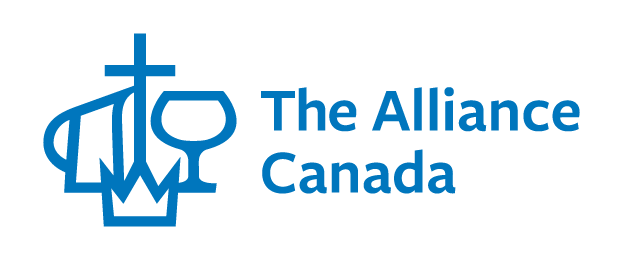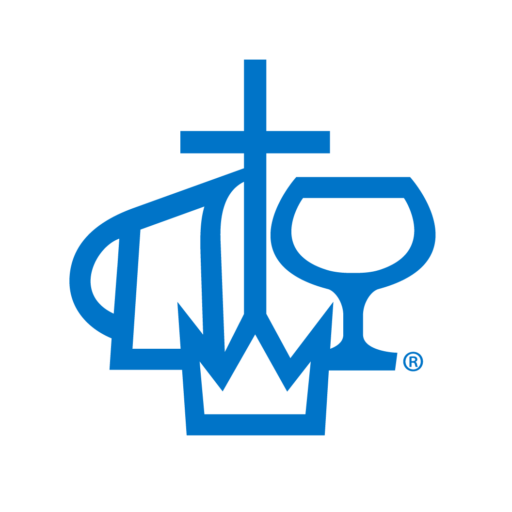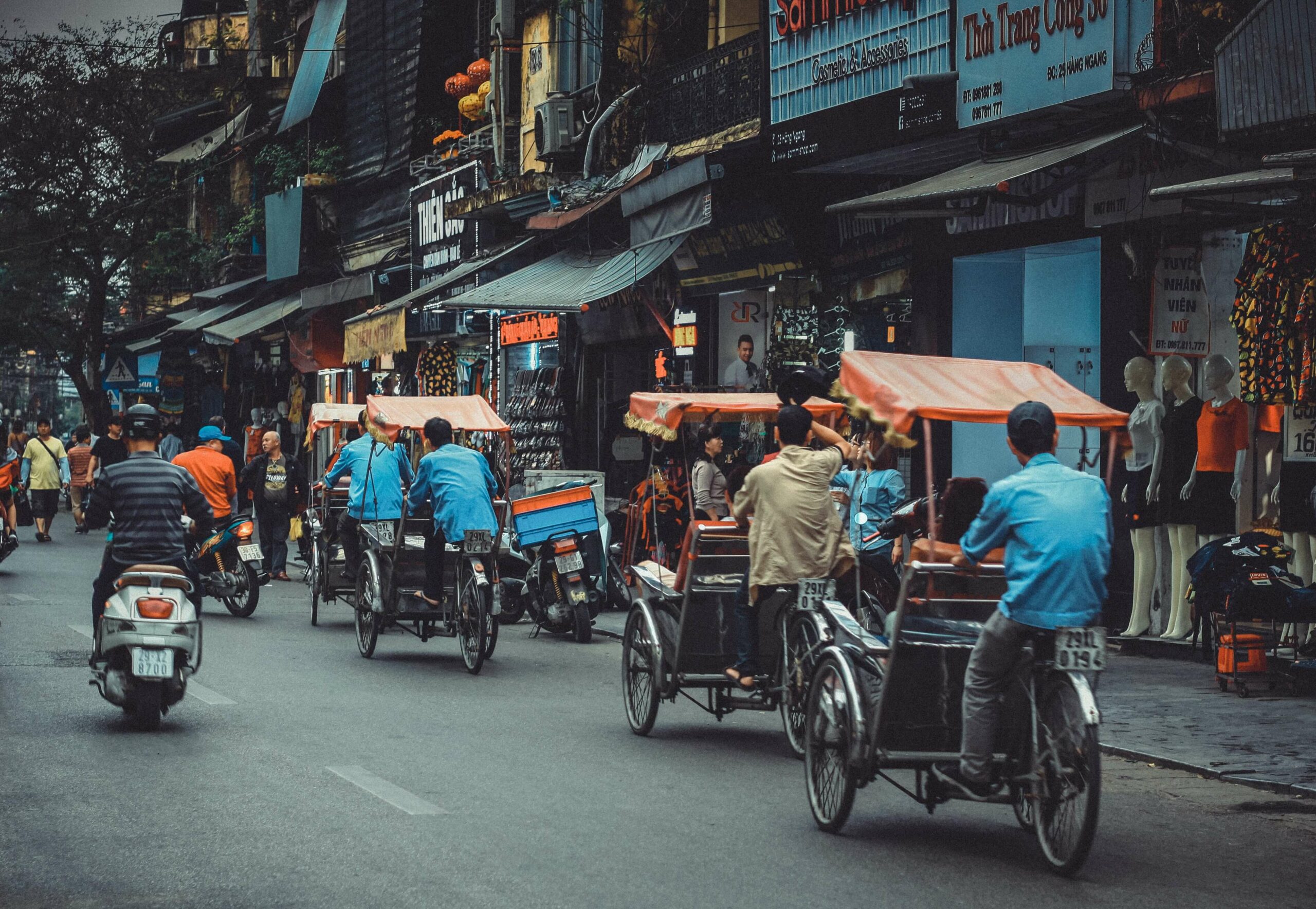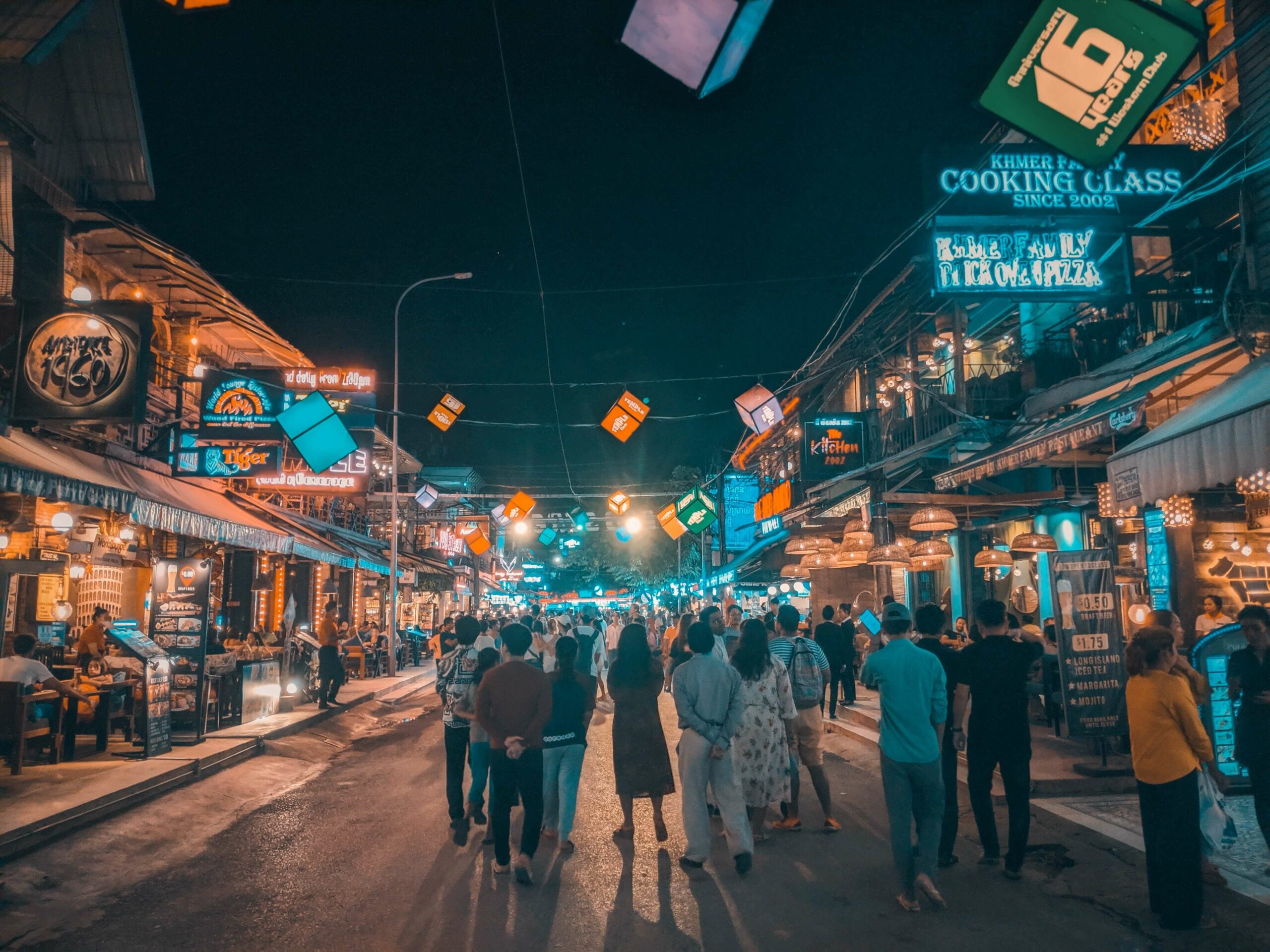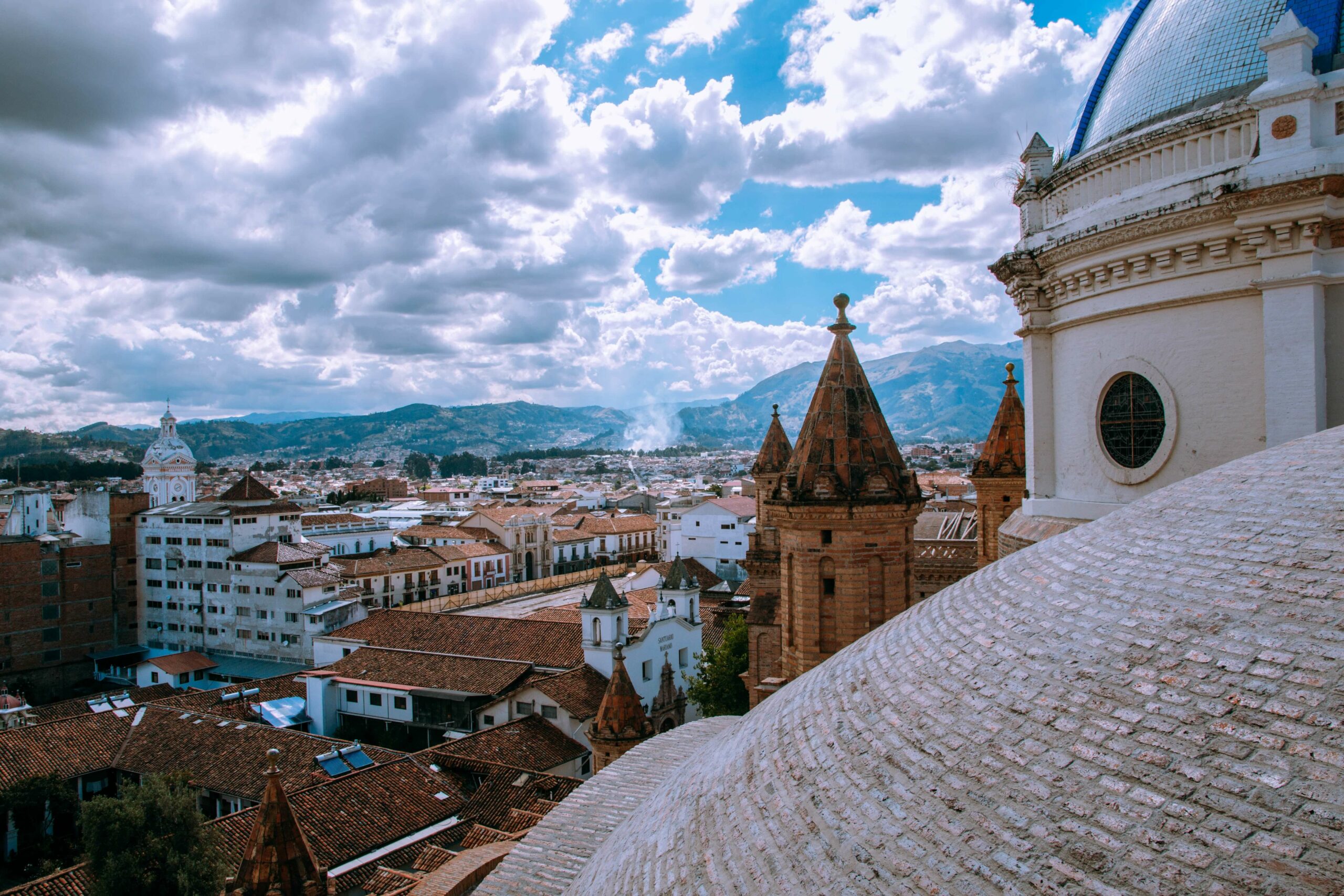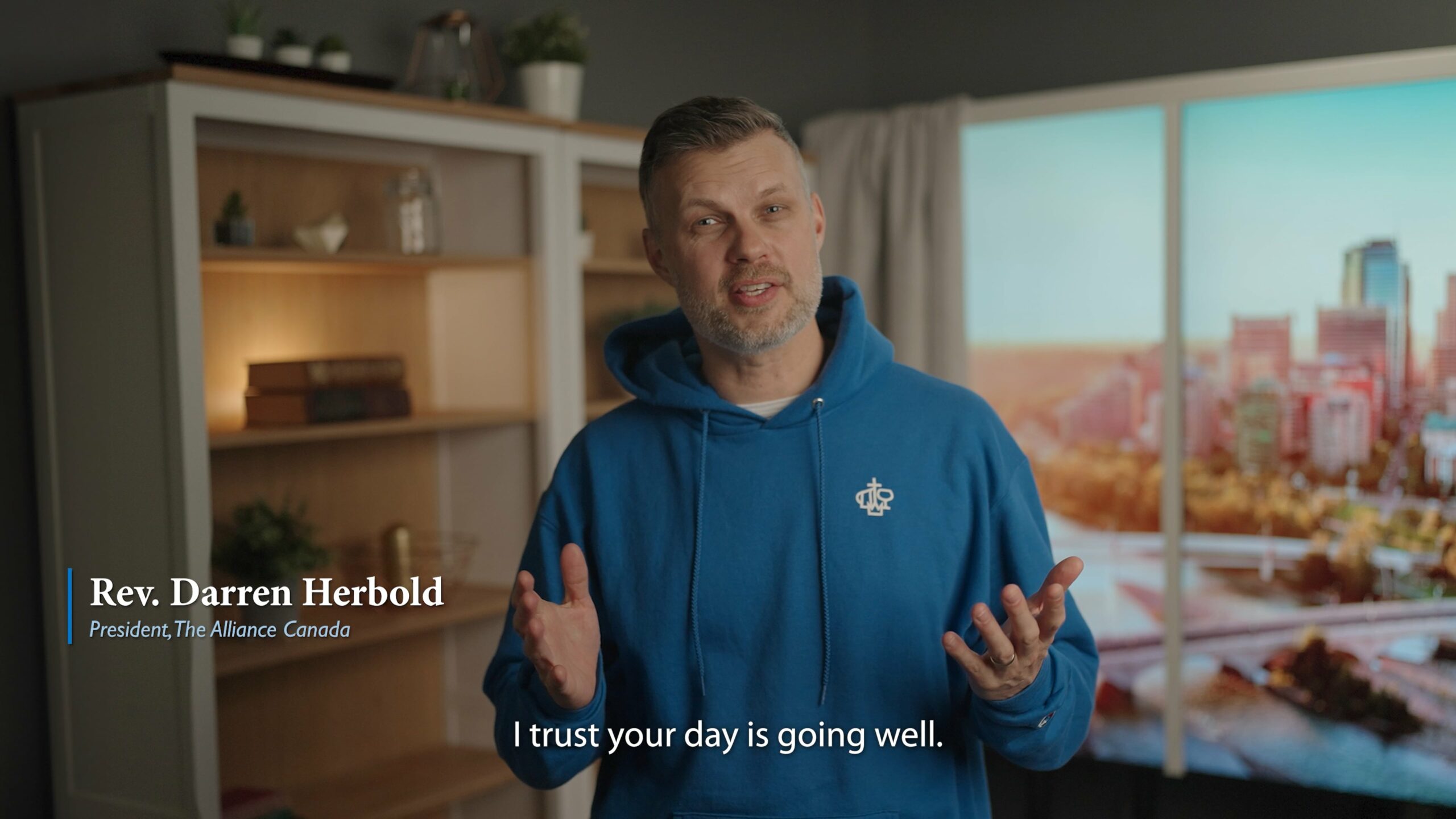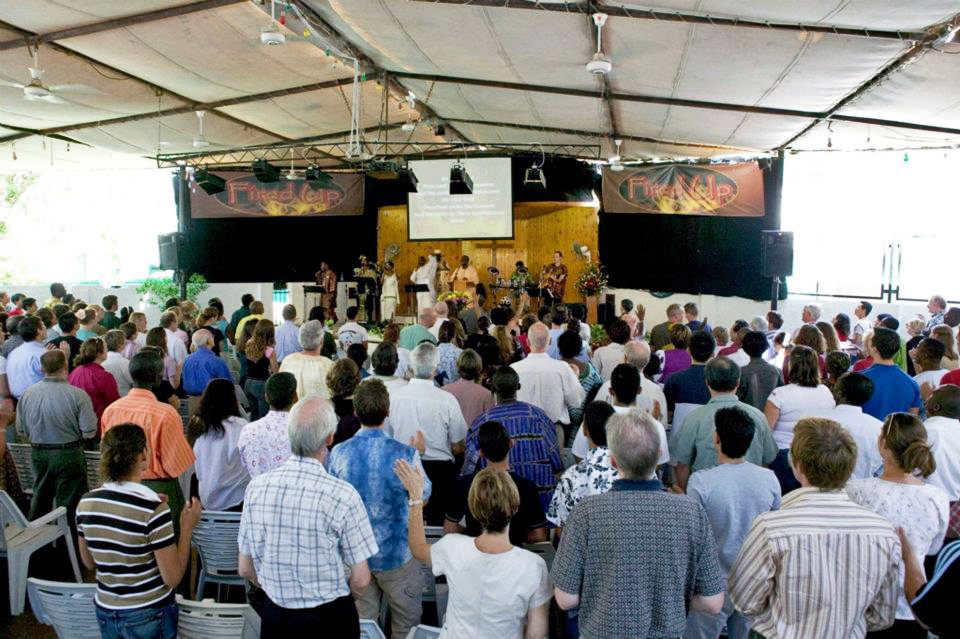My Dad, George Irwin, simplified life. He took complex issues and made them simple, practical. To him, missionary work was not all about strategizing with designs and master plans. He got up every morning and did what he believed every missionary should do. His days were spent loving the people, serving them, visiting their homes and villages, witnessing to them about Christ, and teaching them the Bible.
Dad busied himself, using his Land Rover as a taxi, truck, ambulance, or hearse so he could serve the people who possessed nothing but their feet for transportation. When necessary, he pushed small trees over, climbed steep hillsides, and forded streams and rivers to reach the people. If he could not drive there, he walked.
Mom Harriette, also known as Hat, usually went everywhere Dad went, but she was different, coming from the Stebbins family. At 5’8”, she was stunningly beautiful with jet-black hair and sparkling dark eyes. She did not try to hide her beauty, using it to her advantage in a godly way. Mom often dressed in a bright red dress with some jewelry and makeup when travelling to the jungle villages in Vietnam, where the natives wore practically nothing. 1
Mom would say with a sparkle, “God did not call me to look dreary.” With this boldness, she had a way of making herself noticed. She did not do this for her own sake; instead, she wanted people to listen to her talk about Jesus.
Mom was not only colourful in appearance but did everything with panache. She cooked like a gourmet, wrote elegantly, and spoke with enthusiasm. Yearly she would produce Christmas dramas, designing and painting vibrant backdrops while also tirelessly working with the young people for hours to prepare the songs and theatrics.
Mom and Dad would then take these young people to different villages each night, presenting the Gospel of Christ for over a week. As a teenager, I remember many hours of practicing as she taught us to sing Christmas carols in four-part harmony while she played an old folding pump organ. She even designed and sewed colourful costumes for the pageant players.
As I write this, my parents are already in Glory. I am relying on my own experiences and the stories they and others told me about their lives.
The Early Years
When missionaries to the ethnic tribal people first arrived in Vietnam, they were assigned to French language study in Dalat, where one of the ethnic tribes, the Koho, lived. French was the government’s official language.
Dad and Mom were both born in the Anamese Province of French Indochina and grew up in the country as missionaries’ children. Since they already spoke Vietnamese and French, studying French was a formality. They had also experienced missionary work among the Koho tribe as children, so the mission assigned them to serve these people.
Missionary work among Koho began when Herb and Lydia Jackson felt burdened to evangelize them during Mom and Dad’s childhood. The Jacksons had a fruitful ministry among the Vietnamese in the delta basin of the Mekong River. Still, they noticed the scantily clothed Koho walking along the roadside when visiting Dalat. These people had never heard the Gospel, and this reality broke the Jacksons’ hearts. They asked the mission to transfer them and obtained permission from the French government to move to Dalat.
Because Dalat’s temperate climate provided relief from the hot steamy weather in Vietnam, the mission leaders decided it was the perfect location for a missionary children’s school. The Jacksons were asked to serve as directors and dorm parents.
Mom and Dad were two of the school’s first three students upon opening in 1929. As part of the school’s activities, the Jacksons brought the children to the Koho villages to help in the work. This choice ultimately helped prepare my parents for their future ministry.
The idea for the school started while Dad’s parents, E. Frank and Marie Irwin were on home assignment in Toronto. They told the people at their church they were hesitant to return to Vietnam as missionaries unless the mission solved Dad’s education problem. He was already in the fourth grade, and the schools in Vietnam did not provide the right kind of education. Led by the Spirit, two prominent citizens of Toronto and members of the church, Mr. Christie of the Christie Biscuits Company and Mr. Jaffray of the Toronto Globe and Mail, provided $5,000 to start the Dalat School.
Mom and Dad lived with “Uncle” and “Aunty” Jackson, often travelling with them to the jungle villages of these tribes. They would either walk or ride out on horseback. With no roads, only footpaths connected the city to these villages.
Some of the Koho worked at Dalat School. Sau, a teenager, was one of them. Dad was much older than the other students and made friends with Sau. Their friendship, along with the trips to the jungle, helped Dad develop a deep love for the Koho people.
Before leaving Vietnam to study at Nyack Missionary Institute (now Nyack College) in New York State, Mom and Dad independently committed their lives to return as missionaries to Vietnam so they could preach Christ to the Koho people. Although they were friends, they were not childhood sweethearts. Their romance began about three years after Dad graduated from Nyack Missionary Institute.
Dad’s story actually begins with his grandparents, James and Martha Irwin. The founder of The Christian and Missionary Alliance, Albert B. Simpson, came to Toronto to preach and teach about the urgent need for the Church to send missionaries to people everywhere who did not know about Jesus. The Irwins liked what they heard; when The Christian and Missionary Alliance (C&MA) launched their first Canadian church branch in Toronto, they immediately joined.
So did Robert Jaffray. Shortly after that, Jaffray went to Nyack Missionary Institute in New York and then to China as a missionary. In China, Jaffray noticed no Protestant churches were working to evangelize the Indochinese living in Vietnam, Laos, and Cambodia. He reported this to Albert Simpson, and in 1911 Simpson sent two missionaries to start the work among the Anamese people in central Vietnam. These missionaries possessed German surnames, leading to the French regime expelling them when hostilities between France and Germany escalated.
Around this time, Ontario’s champion fencer, Edwin Franklin Irwin (Frank) of Toronto, and Marie Helen Morgenthaler (Marie) of Hamilton, Ontario, sensed the call to serve as foreign missionaries; they attended Nyack Missionary Institute to prepare.
Marie sensed her call in her family’s home church. She talked about it to her pastor, Rev. Dickman. He heard about missionary meetings in New Bremen, between Bowling Green and Dayton, so they went to see what was happening.
God placed His desire to save the lost on both Marie and Rev. Dickman’s hearts, and Marie chose to go to Nyack. Frank’s call came when he heard A.B. Simpson preach. Frank and Marie fell in love with each other when they met at Nyack.
Although engaged to marry, Frank and Marie arrived in Vietnam’s harbour at Tourane (Danang) as single missionaries in 1914. The ship’s boat could not get close to the shore, so a Vietnamese labourer carried a very embarrassed 23-year-old missionary woman to the beach on his back while Frank waded ashore. Although I wondered why Frank did not carry Marie, I never asked my grandmother the question.
Although the mission wanted them to serve two years before they married, the policy suddenly changed because Morgenthaler was a German name, while Irwin was not. This meant Marie was under threat of expulsion, so the mission ordered them to go to Wei Chou in Southern China, where Robert Jaffray married them. Two years later, on December 5, 1917, my Dad, George Edwin Irwin, was born in Danang, Vietnam.
Harriette Frances Stebbins, my Mom, arrived in Danang almost five years later, on November 23, 1921. Her parents, Irving Randolph Stebbins and Mary Hartman Stebbins, herself a second-generation Alliance missionary, arrived as single missionaries in 1918. Irving had left his girlfriend in the United States, expecting her to come later. However, when he met Mary during the voyage to Vietnam, the other lady’s courtship ended, and not long after arriving in Vietnam, Irving proposed to Mary. Two years later, in Canton, China, Robert Jaffray officiated their wedding.
The senior Irwins’ furlough came due in 1934, so Dad completed his junior and senior high school years in Toronto. In 1947, his parents returned to the field after an extended furlough during which Frank wrote his book, With Christ in Indochina. They left thinking they would see their son again during their next leave in five years.
Shortly before their time to return to Canada, some of the missionaries, including Frank as the lead, believed God wanted them to stand with Vietnam’s Tin Lanh Church in the face of an imminent Japanese invasion. The Japanese only fought three days and then quit because the French Vichy government in Vietnam was part of the Axis alliance. Their real objective was to take the island nations to the south.
Even though the war was intense around the world, missionaries in Vietnam were technically free to travel. However, under the duress of Roman Catholic leadership and Japanese pressure, the government interned the missionaries, including their children. They were placed in a concentration camp in My Tho, south of Saigon, until the war ended. Dad’s 19-year-old brother, Franklin, taught school there to his 7-year-old sister, Helen May, and the other missionaries’ children.
Dad completed his studies at Nyack and two years of required home service at the Alliance Church in Hopeville, Ontario. Along with Robert Ziemer, he prepared to sail on December 7, 1941, from San Francisco to Vietnam to serve as missionaries. Of course, the Japanese attack at Pearl Harbor that day halted any and all civilian travel plans.
Dad was forced to return to Canada, knowing if he did not join the Royal Canadian Air Force, the government would conscript him into the army as a foot soldier. He entered the Air Force to train as a pilot for Lancaster bombers. He remained there through the duration of the war. When it was his turn to ship over to England, the war with Germany ended.
Canada discharged him, but the Air Force called him back again to prepare him for flight navigation in the Pacific, but that too ended before he got into the fight. Though somewhat disappointed, Dad realized God protected him so he could fulfill his commission and serve as a missionary. He never again piloted an aircraft.
The mission told the Stebbins family they needed to return to the United States. They had seven children, four of them already teenagers, with two ready to enter college. Mom, the oldest, had finished high school a year earlier, with her younger sister Ruth graduating that year.
Mom entered Nyack Missionary Institute in 1942 to prepare for missionary service. One day, she received a letter from Dad. Apparently, he wanted them to begin writing to each other. The last time she saw him was at Dalat School seven years earlier. At age twelve, she had no serious thoughts of marriage, especially not with him, possibly because he was five years older.
Nonetheless, his letter flattered her. The tall, handsome pilot was one of only two upper classmates she could have looked up to as a Dalat School student, and he was the only older boy. They began corresponding, then courted, and finally married on November 28, 1945, at Nyack, right after his Air Force discharge.
Dad’s parents arrived in Canada in December 1945, fully expecting to witness their son’s marriage. They already loved my Mom since the Stebbins and Irwins were friends on the mission field. Word of their imminent arrival had not come, so Mom and Dad continued their plans to marry on November 28. They needed to get to their home assignment in the northern part of British Columbia before the heavy snowfall season.
This kind of sacrifice of missionaries not attending the significant events in their adult children’s lives is commonplace, being even more typical in those days than it is now. God’s call on a person’s life requires sacrifice. Just as God sacrificed the life of his Son for us, Christians must make the complete sacrifice for the sake of the souls of others.
My parents did not take my sister Marilyn and me to an altar to symbolically leave us there, but they did not leave their ministry to serve us. Just as their parents sent them to boarding school, so they sent us. They missed our graduations, weddings, and the birth of our children. Of their four parents, they were only able to attend the funeral of Dad’s mother.
As I consider this, I look at God’s incredible benevolence and protection over the years for my life and my family. At times, we missionary kids often felt desperately lonely, but God showed me He loved me deeply. He has incredibly blessed my family and me. I think God specially sheltered us.
Before embarking on their missionary journey, Mom and Dad ministered for two years to Vietnamese refugees in Florida and Montreal. The Christian and Missionary Alliance then appointed them to the Vietnamese refugees in Europe.
Already fluent in both French and Vietnamese, Mom and Dad settled in France for the assignment. Their active service continued until 1990, working with Vietnamese people right to the end.
Return to Vietnam, 1947
As soon as Dad and Mom completed their home service, they returned to Vietnam in 1947 with their newly born daughter, Marilyn. After language school, they moved to their assigned station, Dilinh. Hunters worldwide came to Dilinh because roads and trails from the city led to their favourite hunting grounds. Those roads and paths also provided the missionaries access to the villages of the Koho nation.
While Mom maintained the home base in Dilinh, Dad would take extended evangelistic trips into these villages accompanied by a Vietnamese missionary and language teacher. Mom was unable to go because she had to care for two small children; I had shown up in June 1949.
The work was difficult, and not just because of their separation. The people lived in fear of an evil spirit world. Regular cruel ceremonial sacrifices of animals were made to the demons for protection. They also drank heavily of the rice liquor they made. The system left these people wretchedly poor and sickly.
Dad visited one village of seventeen people, with five families living in a thatch and bamboo longhouse built on the ground. This house had only one door, which Dad had to stoop to enter. Five fires smouldered inside, one for each of the families. The people stank from sickness and lack of hygiene. Their pigs, dogs, chickens, and other small animals shared the house with them.
The Lord told Dad to tell these people only about Jesus. Nobody responded at first, but he kept going back. One man and his family finally responded and, on his own, moved out of the house and built a new one off the ground with a separated kitchen. Despite experiencing extreme testing, the family stayed true. One by one, the people turned away from their spirit worship and underwent a miraculous transformation. The village went from being a disgrace, even among their own people, to having exemplary status, showing what Christ can do when people turn to Him. (Click for an article adapted from The Alliance Weekly).
Mom and Dad started teaching the Bible as they visited. Mom prayerfully dispensed medicines sent to them from various medical missions. She had little training, but she read the directions, prayed, and believed God would give her the necessary wisdom (see James 1:5). They began to hold week-long Bible schools, mainly to train young men to shepherd the flock. They followed this practice as other villages started to turn to Christ. To help them, Dad worked many hours with his language teacher and another missionary to translate the Bible into Koho.
Illiteracy hindered the growth of Christians. As noted, they had no Bible in their own language, and most of them spoke neither French nor Vietnamese. After a chance meeting in Saigon with Dr. Frank Laubach of worldwide literacy fame, Mom wrote a language study primer for the Koho people and successfully began to teach them to read. She even taught the 100-year-old grandmother of their language teacher. Later in their career, she was asked to design the reading primer, which would be used in the public schools to teach Koho children to read their own language. She did so well, the project managers asked her to design the primer for the Vietnamese language.
In 1954, South Vietnam achieved full independence from French rule, and Vietnamese became the official language. Vietnamese people started to move into the highlands, particularly those fleeing the Communist regime of the north. Vietnamese soon became the official language of the highlands. The tribal and Vietnamese churches were growing rapidly, and the Alliance was sending missionaries for tribes not yet reached. These new missionaries now needed to learn Vietnamese, not French. The mission chose my parents to oversee the language training and orientation for the new arrivals. Mom supervised the language work, and Dad took the missionaries to visit the mountain villages.
Before beginning, the new missionaries travelled the country’s length with their field leader and his wife to visit the different tribal groups. Dad and Mom went along because they spoke Vietnamese. After the trip, the mission decided to relocate them to Danang, which was more centrally located to the new tribes. The new arrivals settled in the city while learning the language under Mom’s tutelage.
Ministry Among the Bru and Katu
While living in Danang, my parents started work among the Bru people of the north near Khe Sanh. They also served among the Katu who lived south of there, inland from Hoi An. They eventually moved to An Diem, a village directly bordering the territory of the fierce Katu.
The Katu worshiped human blood, not their own, but the blood of people murdered in another village. Consequently, the villages had no direct access by paths and were heavily booby-trapped with poisoned arrows. They lived high in the mountains, and the trail went straight up.
Marilyn and I went with my parents to visit the village of Hiep. I remember walking along a path in razor-sharp grass that was higher than my head, then for two hours, we climbed straight up the side of the mountain. We needed a guide to lead us through the traps into the village. Marilyn and I became the first white children to visit a Katu village. Great things were starting to happen among the Katu when the time came for Mom and Dad’s home assignment in Canada.
Return to Ministry to the Koho
Upon return in 1962, the Katu region was no longer accessible, with Viet Cong guerillas actively patrolling the area. We moved back to Dilinh to continue work among the Koho. Mom and Dad continued to train new pastors, going into the villages to hold short-term Bible schools. Mom began teaching the young people to sing at this time.
Marilyn and I immensely enjoyed walking with these young people back to their villages during the Christmas season until we both graduated from high school and had to leave. While Dad drove the Land Rover, not everyone could ride. The villages were sometimes fifteen miles apart. We all walked carrying the supplies on our backs to reach one village, including the folding organ. I remember we had to cross a river on a swinging bridge.
My parents continued to work like this, year after year, until the fall of South Vietnam’s government in 1975. Marilyn and I were gone, but Mom and Dad literally inherited three new children. Mom’s sister Ruth, and her husband Ed Thompson, were killed in the North Vietnamese 1968 Tet Offensive; they had left their children to my parents in their wills.
This happened while Mom and Dad were in Toronto on home assignment, so Dale (15), Laurel (11), and Tommy (7) joined my parents when they returned to the field. Judy (21) and David (19) Thompson were in College in the USA.
On March 29, 1975, the North Vietnamese launched a massive assault to overthrow the South Vietnamese government. Dad had to go to Saigon in April, and since things were deteriorating rapidly, he threw a couple barrels of their stuff into the back of the Land Rover. Later, he was unsuccessful in trying to return.
Airplanes full of babies and children awaiting adoption by American parents were flying out of Saigon. The children needed caregivers while they travelled. Mom and Dad joined the crew, sadly leaving Vietnam, never to return. The plane just ahead of theirs crashed on take-off killing seventy-eight children and thirty-five caregivers.
The legacy of their work among the Koho, training young people to teach the Bible, shows today. Nearly sixty thousand Koho identify themselves as Tin Lanh, which is the C&MA Church in Vietnam. When they left, the entire Tin Lanh Church numbered 75,000. At least two young Katu people are now attending the Saigon Seminary.
Ministry in Europe
Mom and Dad did not retire from missionary work when they left Vietnam. Their language proficiency in Vietnamese, French, and English enabled them to serve Vietnamese refugees moving to Europe. They moved to Paris and then Toulouse, where they started two churches. Church ministries among the Vietnamese also started in Belgium and Denmark.
Return to Canada, 1990
In 1989, Mom’s memory was noticeably deteriorating. The Alliance asked them to retire, and they returned to settle in Canada in 1990. Already the Vietnamese had started five churches in Toronto, and my parents continued their work.
In 2001, Mom, diagnosed with Alzheimer’s disease, had to move to a nursing home as Dad was no longer able to care for her. This greatly distressed him, but he drove across the city every day to visit with her. He would read her the Bible and sing songs every time he went to see her. When she could not do anything else, we could see her mouthing the words as we sang.
We were able to get Mom moved to a Canadian Pentecostal Assemblies Home, where Dad obtained a studio apartment. He would regularly go to feed his wife her meals. Toward the end of 2006, his health worsened, and we had to place him in the nursing home. On January 28, 2007, Dad passed into his Saviour’s presence, and Mom followed on March 15.
I praise God and thank Him for my parents and our wonderful missionary heritage. They willfully “denied themselves, took up their cross and followed Jesus” to the end. The blood shed by my Aunt Ruth and Uncle Ed, along with four other missionaries in Banmethout, Vietnam, mingles with that of the great saints through the ages. When Christ returns, millions will worship at His throne because Mom, Dad, and so many others answered God’s call to preach to the nations. They left a godly legacy in their lives and work, bearing witness to the enabling presence of God through the Holy Spirit while they sought to bring the saving power of Christ to all peoples.
Dad’s brother, sister, and five of Mom’s siblings served God as missionaries. Today, ten of their children and grandchildren are in full-time ministry for the Lord, five as missionaries.
This is an excerpt from the book, On Mission Volume 1. Download your free copy today.
- Early in the Irwin’s missionary career, the Koho women dressed only in a short, hand-woven, wrap-around cloth skirt; the men wore a skimpy loincloth. They no longer dress like this.
Share:
Find more posts about:
The Alliance Canada
Support the mission
The Global Advance Fund (GAF) is a pooled fund that supports our workers in Canada and around the world to share the Gospel with people who haven't yet heard the name of Jesus. Your continued generosity equips and sustains our workers and their ministry.
